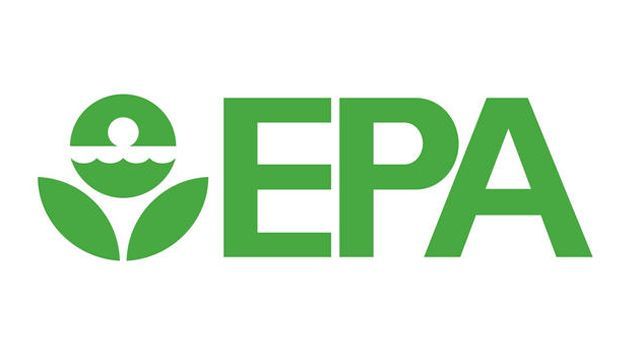New EPA Standards for Oil & Gas – May 2016
EPA Releases New Standards to Reduce Methane Emissions from the Oil and Gas Sector
Today (5/12/16) the U.S. Environmental Protection Agency (EPA) is announcing comprehensive steps to address methane emissions from both new and existing sources in the oil and gas sector. For new, modified and reconstructed sources, EPA is finalizing a set of standards that will reduce methane, volatile organic compounds (VOCs) and toxic air emissions in the oil and natural gas industry. EPA is also starting the process to control emissions from existing sources by issuing for public comment an Information Collection Request (ICR) that requires companies to provide the information that will be necessary for EPA to reduce methane emissions from existing oil and gas sources.
Today’s actions are part of the Administration’s strategy under President Obama’s Climate Action Plan to reduce methane emissions, and keeps the Administration on track to achieve its goal of cutting methane emissions from the oil and gas sector by 40 to 45 percent from 2012 levels by 2025.
Methane, the key constituent of natural gas, is a potent greenhouse gas (GHG) with a global warming potential more than 25 times greater than that of carbon dioxide. Methane is the second most prevalent GHG emitted in the United States from human activities, and nearly one-third of those emissions comes from oil production and the production, transmission and distribution of natural gas.
The final standards will significantly curb methane emissions from new, reconstructed and modified processes and equipment, along with reducing VOC emissions from sources not covered in the agency’s 2012 rules. These sources include hydraulically fractured oil wells, some of which can contain a large amount of gas along with oil, and equipment used across the industry that was not regulated in the 2012 rules.
After reviewing the more than 900,000 comments received on its August 2015 proposal, EPA updated a number of aspects in the final rule that increase climate benefits, including removing an exemption for low production wells and requiring leak monitoring surveys twice as often at compressor stations, which have the potential for significant emissions. The final rule also provides companies a pathway to align the final standards with comparable state-specific requirements they may have.
The final standards for new and modified sources are expected to reduce 510,000 short tons of methane in 2025, the equivalent of reducing 11 million metric tons of carbon dioxide. Natural gas that is recovered as a result of the rule can be used on site or sold. EPA estimates the final rule will yield climate benefits of $690 million in 2025, which will outweigh estimated costs of $530 million in 2025. Reductions in VOCs and air toxics are also expected to yield benefits; however EPA was not able to quantify those benefits.
The standards also are expected to reduce 210,000 short tons of ozone-forming VOCs in 2025, along with 3,900 tons of air toxics, such as benzene, toluene, ethylbenzene and xylene. Ozone is linked to a variety of serious public health effects, including reduced lung function, asthma attacks, asthma development, emergency room visits and hospital admissions, and early death from respiratory and cardiovascular causes. Air toxics are known or suspected to cause cancer and other serious health effects.
Today’s final actions also include two rules that clarify permitting requirements for the oil and natural gas industry: the Source Determination Rule and a final federal implementation plan for the Minor New Source Review Program in Indian Country.
Over the past year, new science and data have shown that methane emissions from existing oil and gas sources are substantially higher than was previously understood. To build on the agency’s current knowledge, EPA is issuing an ICR that seeks a broad range of information, including the types of technologies that could be used to reduce emissions and their associated costs. The information the agency receives in response to the ICR will provide the foundation for developing regulations to reduce methane emissions from existing oil and gas sources.
EPA will collect the information through a general survey for all owners/operators of existing sources and a more detailed survey for specific facilities. EPA anticipates receiving data from the operator survey later this year and expects to conclude all aspects of the ICR in the first part of 2017. In addition, the agency is announcing plans to issue a voluntary Request for Information to seek information on innovative strategies that can accurately and cost-effectively locate, measure and mitigate methane emissions.
Earlier this year, EPA launched the Methane Challenge Program, which provides a new way for U.S. oil and gas companies to achieve—and be recognized for—ambitious commitments to reduce methane emissions. This flexible program has the potential to foster significant cost-effective emission reductions across the oil and gas sector and to provide transparency on the progress partner companies are making to reduce emissions.



